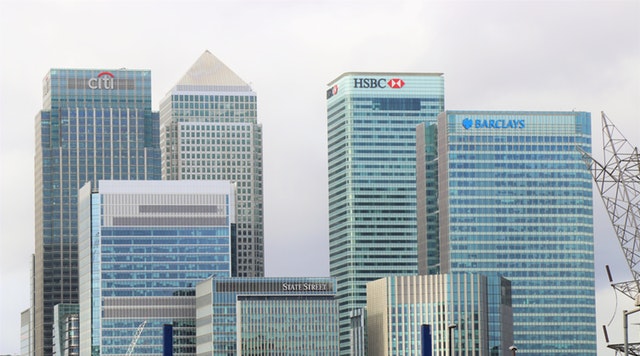How Much Of A Down Payment Should I Make On My Home?
 There are a lot of steps that people need to take when buying a home. One of the most common issues that people discuss is the down payment. Most banks will require a down payment so that they aren’t the only ones taking on the risk of buying a home. The common question people have is how much of a down payment they should apply.
There are a lot of steps that people need to take when buying a home. One of the most common issues that people discuss is the down payment. Most banks will require a down payment so that they aren’t the only ones taking on the risk of buying a home. The common question people have is how much of a down payment they should apply.
The Rule Of Thumb
Most people have heard about placing 20 percent down on a house as a solid rule of thumb. This number has been passed down from prior generations who purchased houses with similar down payments.
On the other hand, the price of housing has risen over the past few decades and this down payment might not be possible for some people. While 20 percent down might work for some people, it might not be feasible for others.
Other Considerations
There are several additional factors that homebuyers need to think about. First, how big of a down payment is the bank requiring? Some banks might not lend to someone at all if they don’t reach a certain threshold. In other cases, the lender might ask someone to purchase something called private mortgage insurance, often abbreviated PMI.
This is an insurance policy that the borrower will have to purchase for the lender. If the borrower loses the home in foreclosure, the lender gets its money back through this insurance policy. Obviously, borrowers do not want to have this added expense. This is where the down payment is important.
In addition, banks might also be willing to lower the interest rate on the mortgage if the borrower increases the size of the down payment. With a lower interest rate, this can save someone a substantial amount of money down the road. Try to see if the lender will lower the interest rate in exchange for a larger down payment.
Deciding The Down Payment
These are a few of the many factors that homebuyers should think about when thinking about the down payment. While nobody wants to pay more than they should, the down payment is only one of the financial aspects people need to consider.
As always, call your trusted mortgage planning professional to help you decide on the best solution for your personal situation.

 When you are buying a home, you may run into a number of hurdles to complete the purchase. One of the items that you may be asked to purchase is called private mortgage insurance, often shortened to PMI. This is a unique insurance policy that your lender, such as the credit union or bank, may ask you to buy in order to protect themselves. In this insurance policy, the bank protects themselves against losing money if you end up defaulting on your loan.
When you are buying a home, you may run into a number of hurdles to complete the purchase. One of the items that you may be asked to purchase is called private mortgage insurance, often shortened to PMI. This is a unique insurance policy that your lender, such as the credit union or bank, may ask you to buy in order to protect themselves. In this insurance policy, the bank protects themselves against losing money if you end up defaulting on your loan. If you are reading this article, it’s entirely possible that you are considering buying a home. It’s also likely that you are weighing certain financial options between a sizable down payment or taking on the expense of mortgage insurance.
If you are reading this article, it’s entirely possible that you are considering buying a home. It’s also likely that you are weighing certain financial options between a sizable down payment or taking on the expense of mortgage insurance.